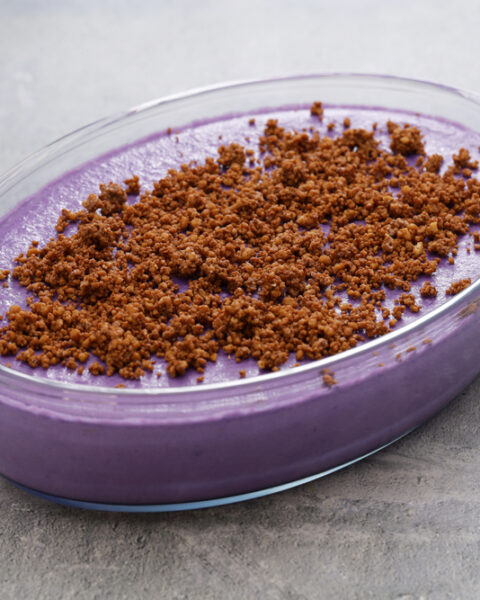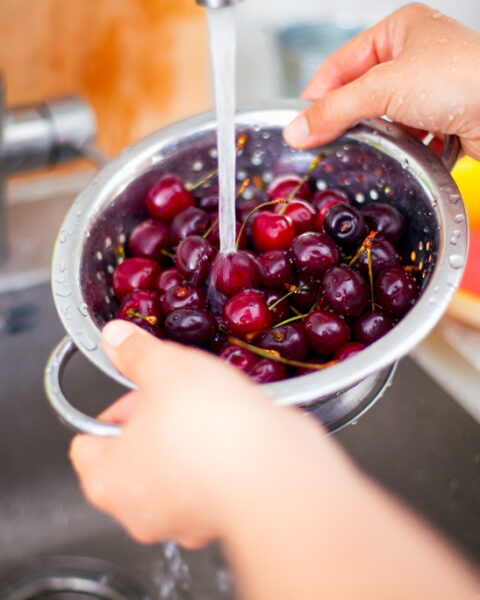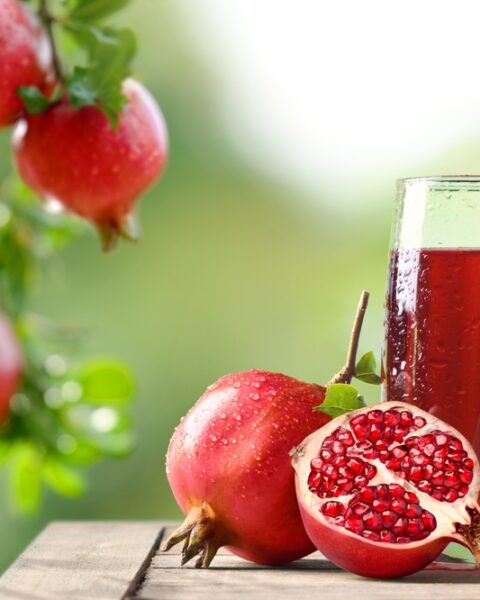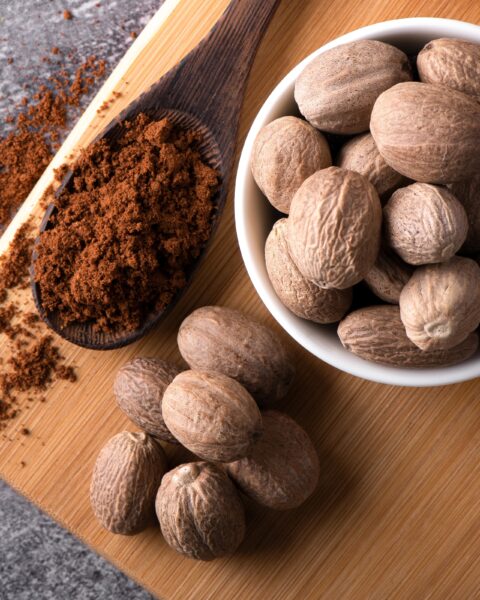Back in the day, certain foods were only found on royal tables, making them symbols of wealth and power. Fast forward to today, and those same foods are now part of our everyday meals. It’s fascinating how ingredients that once required royal privilege have become so accessible that you can pick them up at your local grocery store. Whether you’re snacking on chocolate or adding a dash of saffron to a recipe, many of these formerly exclusive treats are now enjoyed by people all over the world. This list highlights foods that have transitioned from royal indulgence to daily staples, showing how much times have changed.
Contents
Chocolate
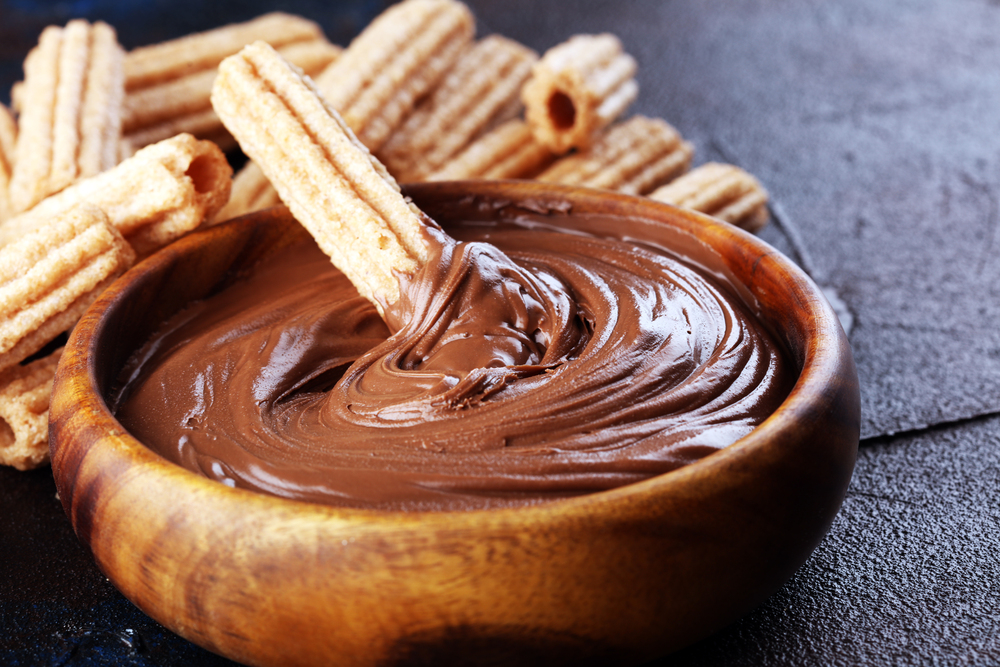
Originally a bitter drink used by the Aztecs, chocolate was first introduced to European royalty in the 16th century by Spanish explorers. It became a luxurious item enjoyed by the Spanish and French courts for its supposed health benefits. Only the elite could afford to drink chocolate due to its rarity and expense. Today, chocolate is consumed globally in various forms, from candy bars to hot chocolate, enjoyed by people from all walks of life. Modern cultivation and processing have made it far more accessible, with millions of pounds produced annually.
Tea
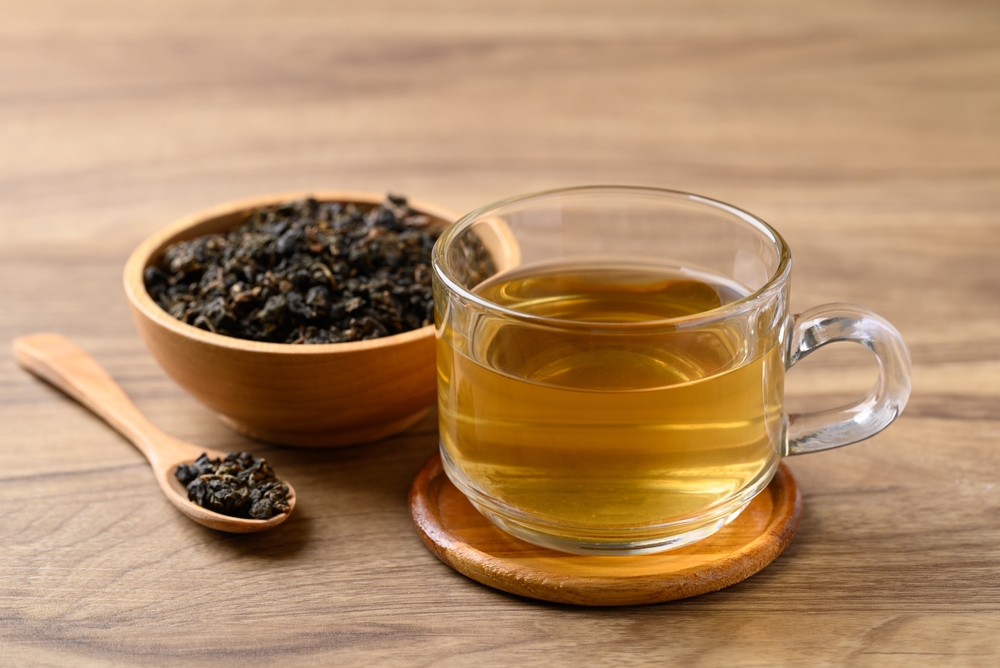
Tea has been enjoyed by Chinese emperors since ancient times and later became a symbol of high society in Europe, especially during the Victorian era. In the 19th century, British royalty popularized afternoon tea, making it a fashionable social event among the aristocracy. Although tea was once exclusive and costly, it is now one of the most consumed beverages worldwide. Whether black, green, or herbal, tea is an affordable staple in nearly every household, making it far more common than in its royal origins.
Caviar
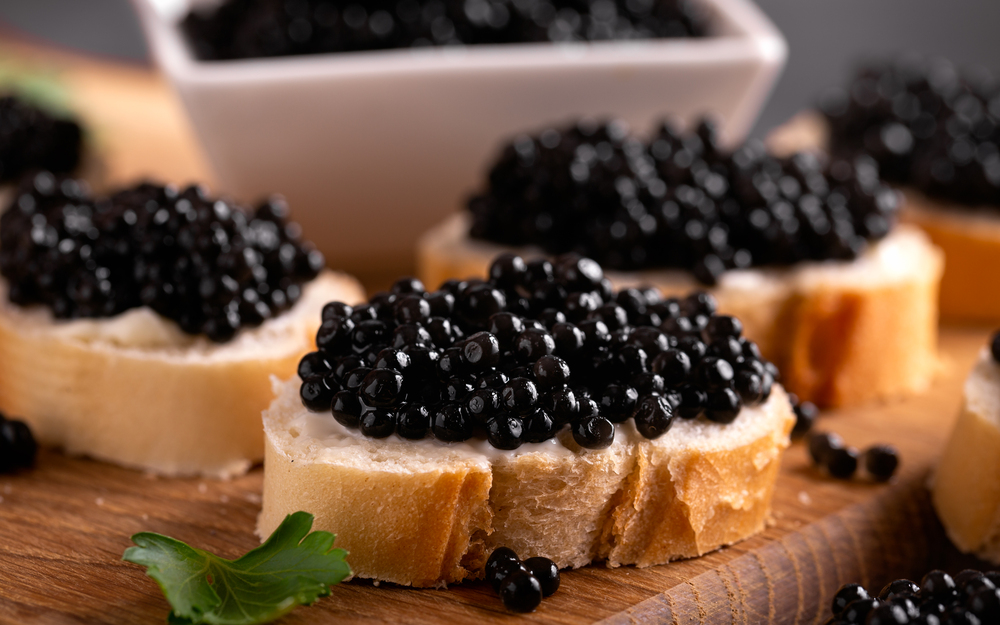
Once reserved for the tables of Byzantine emperors and European royalty, caviar was a delicacy symbolizing wealth and extravagance. It was traditionally harvested from the sturgeon fish and was only available to the most affluent. In modern times, caviar is still associated with luxury but is more accessible due to aquaculture farming and the availability of more affordable varieties like salmon roe. Today, it’s enjoyed globally in both fine dining and casual settings.
Saffron
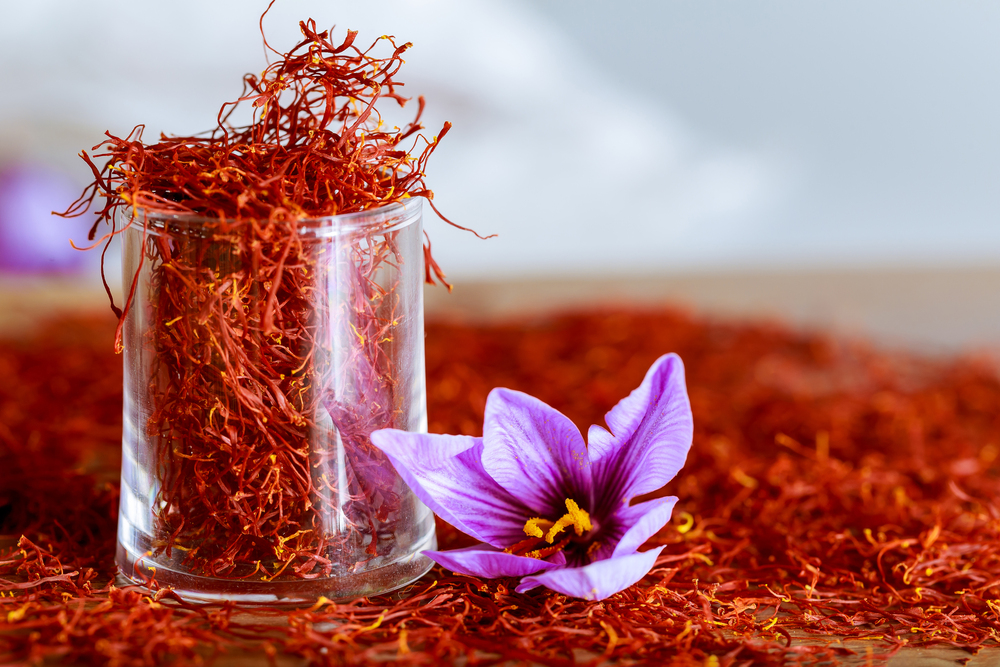
This highly prized spice was used by Egyptian pharaohs and Roman emperors, known for its rich flavor, vibrant color, and medicinal properties. It was so valuable that it was often used as currency. Due to its labor-intensive cultivation, saffron remains expensive, but it is now widely used in dishes around the world, from Persian stews to Spanish paellas. Despite its historic association with royalty, modern consumers can easily find saffron in many grocery stores.
Truffles
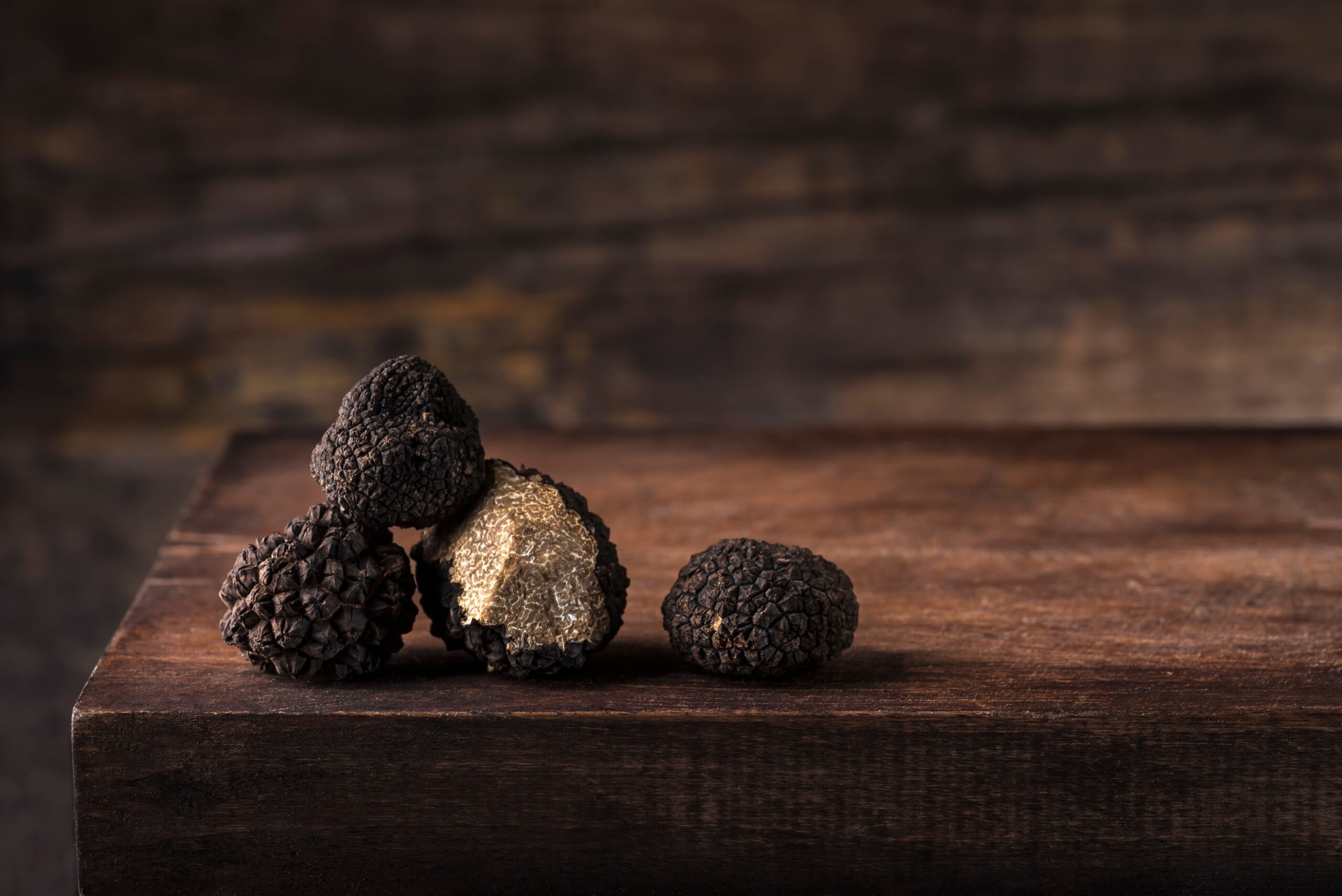
Truffles have been a delicacy since the time of the Roman emperors and were later coveted by European monarchs. Their scarcity and the difficulty of harvesting them made truffles a symbol of luxury and exclusivity. Today, while truffles are still expensive, they are more widely available and sought after by chefs and food enthusiasts globally. Modern methods of farming have made them more accessible, bringing their distinct flavor to a broader audience.
Quinoa
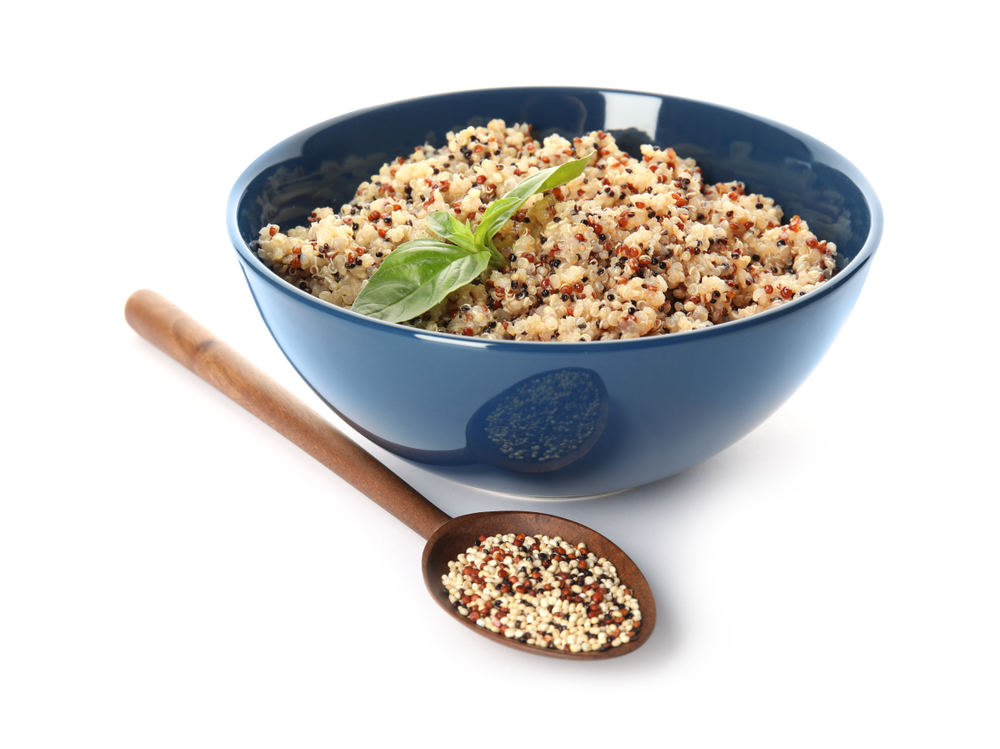
This ancient grain was considered sacred by the Inca Empire and was reserved for royalty. Known as the “mother of all grains,” quinoa was valued for its nutritional content, especially its high protein levels. In recent years, it has gained popularity as a superfood and is now a common ingredient in health-conscious diets around the world. Quinoa’s adaptability and health benefits have made it a staple in many households, transcending its royal origins.
Honey
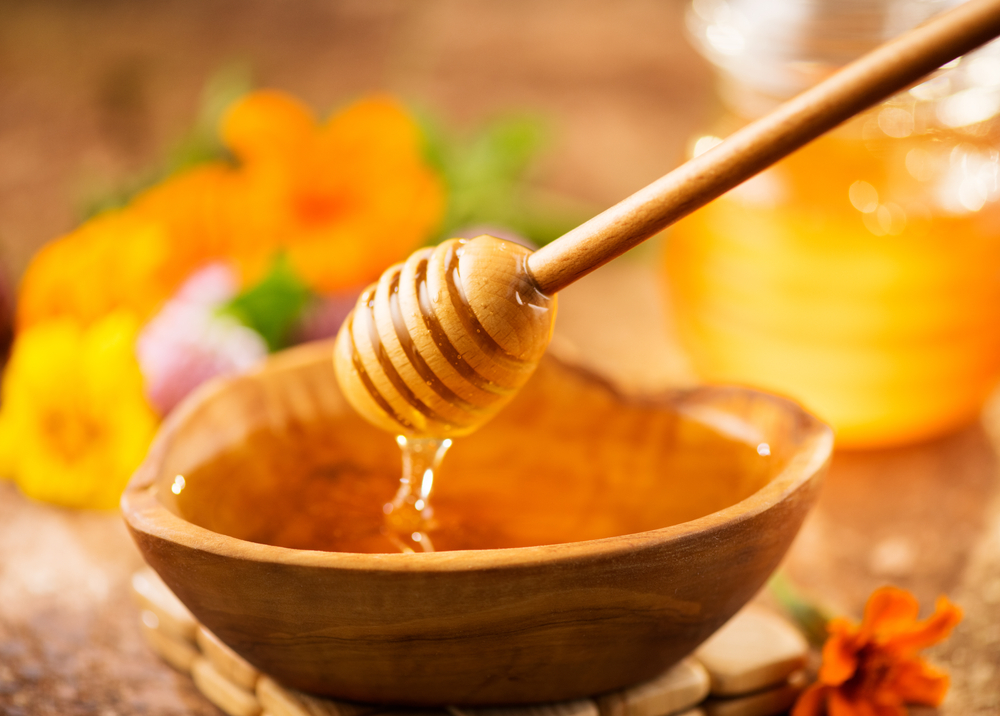
Honey was once a treasured food among Egyptian pharaohs and Roman emperors, used not only as a sweetener but also for its supposed medicinal properties. It was highly valued and often used as a tribute or offering to royalty. Today, honey is a common household staple, used in everything from cooking to skincare. Its natural sweetness and health benefits are now enjoyed by people worldwide, making it far more accessible than in ancient times.
Salmon
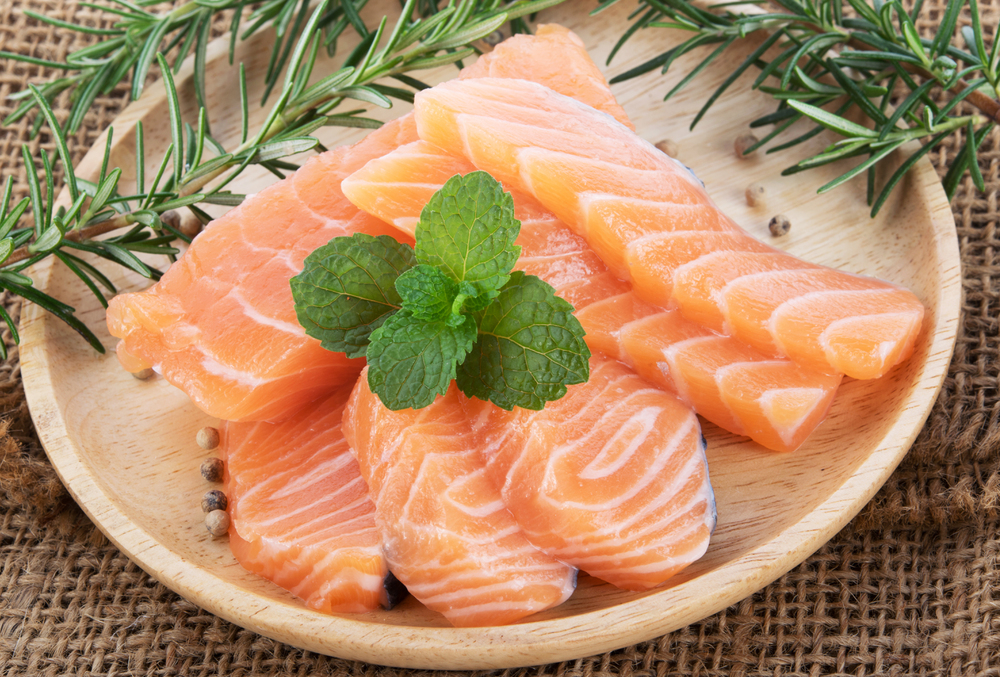
In medieval Europe, salmon was so plentiful that it was considered a food for the lower classes. However, by the 19th century, overfishing had turned salmon into a luxury item, enjoyed by the wealthy and royalty alike. Wild salmon is still considered a delicacy today, but farmed salmon has made it more affordable and available to the average consumer. Salmon’s rich flavor and health benefits continue to make it a popular choice across the globe.
Rice
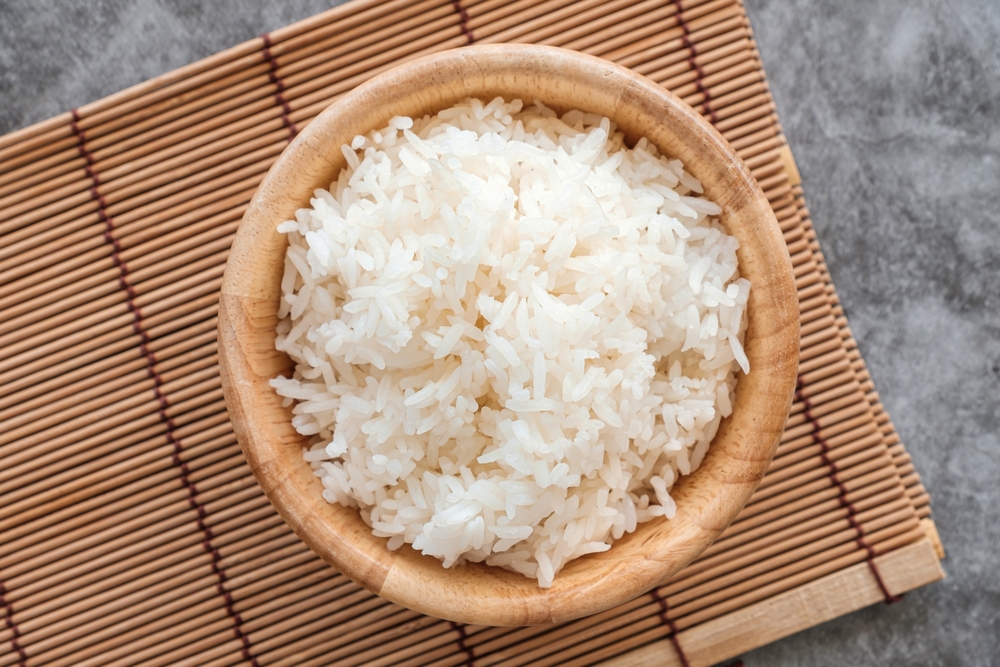
Certain varieties of rice, like jasmine and basmati, were once reserved for Asian royalty due to their superior texture and aroma. These fragrant varieties were often used in ceremonial dishes and celebrations. Today, rice is a global staple, consumed in nearly every culture. What was once a royal indulgence is now a common part of everyday meals, with jasmine and basmati rice readily available in supermarkets.
Vanilla
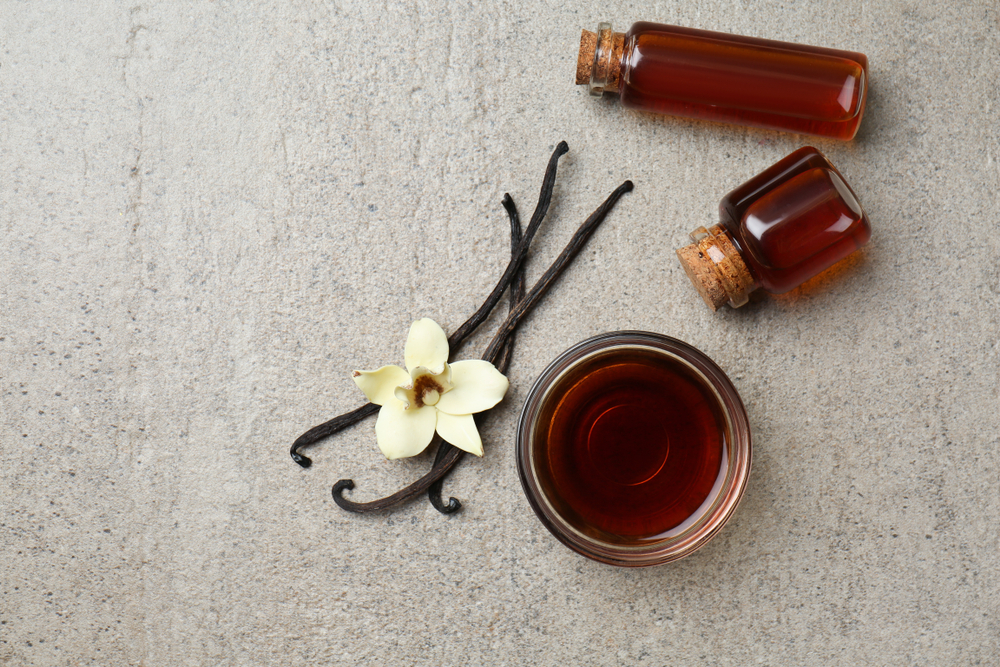
Vanilla was first cultivated by the Totonac people and later became a prized ingredient among European royalty after its introduction to the Old World. It was once as valuable as silver, making it an exclusive treat for the elite. Today, vanilla is one of the most popular flavors worldwide, found in everything from ice cream to perfumes. The labor-intensive process of growing and harvesting vanilla still makes it expensive, but it is far more accessible than in the past.
Lobster
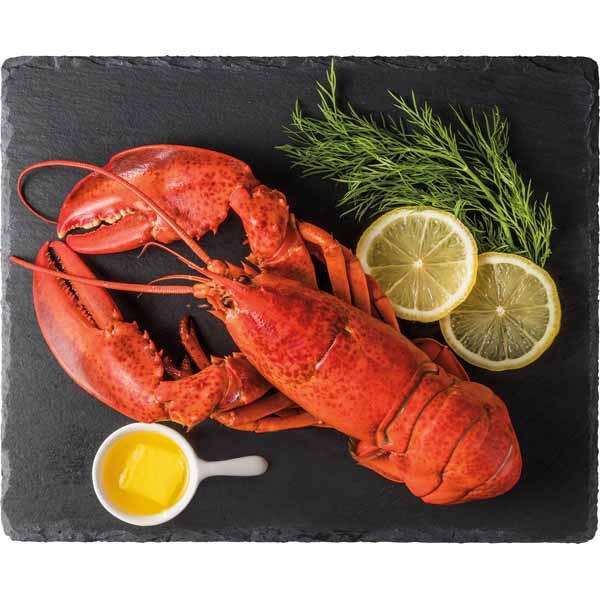
Lobster was once considered a poor man’s food, fed to prisoners and servants in colonial America. However, by the 19th century, it became a delicacy enjoyed by the wealthy and royalty due to its unique flavor and scarcity. Today, lobster is still seen as a luxury, but it is more widely available and enjoyed by seafood lovers everywhere. Modern fishing techniques have made it easier to harvest, bringing lobster to the tables of a broader audience.
Pineapple
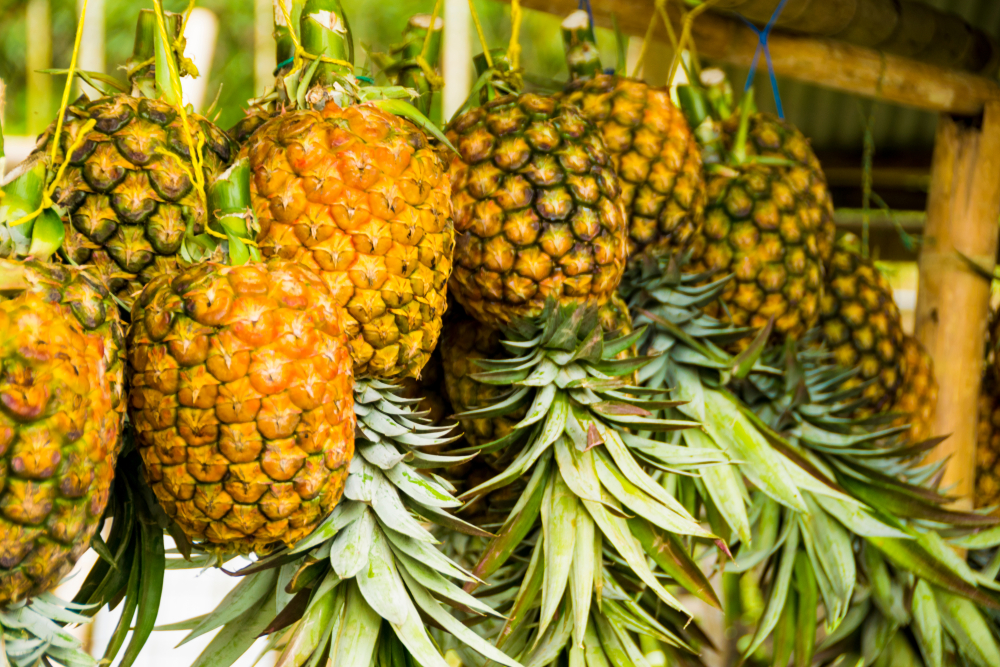
When first introduced to Europe in the 15th century, pineapples were so rare and expensive that they were considered a symbol of wealth and status. European royalty often used pineapples as a centerpiece at banquets to show off their wealth. Today, pineapples are widely available and affordable, grown in tropical regions around the world. Their sweet and tangy flavor is enjoyed by people in every corner of the globe.
Coffee

Coffee was first consumed by Arab royalty and spread to European courts in the 17th century, where it became a fashionable drink among the elite. Coffeehouses were frequented by royals and intellectuals, making coffee a symbol of sophistication. Today, coffee is a global beverage, enjoyed by billions of people daily. From artisanal blends to instant coffee, it is now a staple in households worldwide.
Cheese
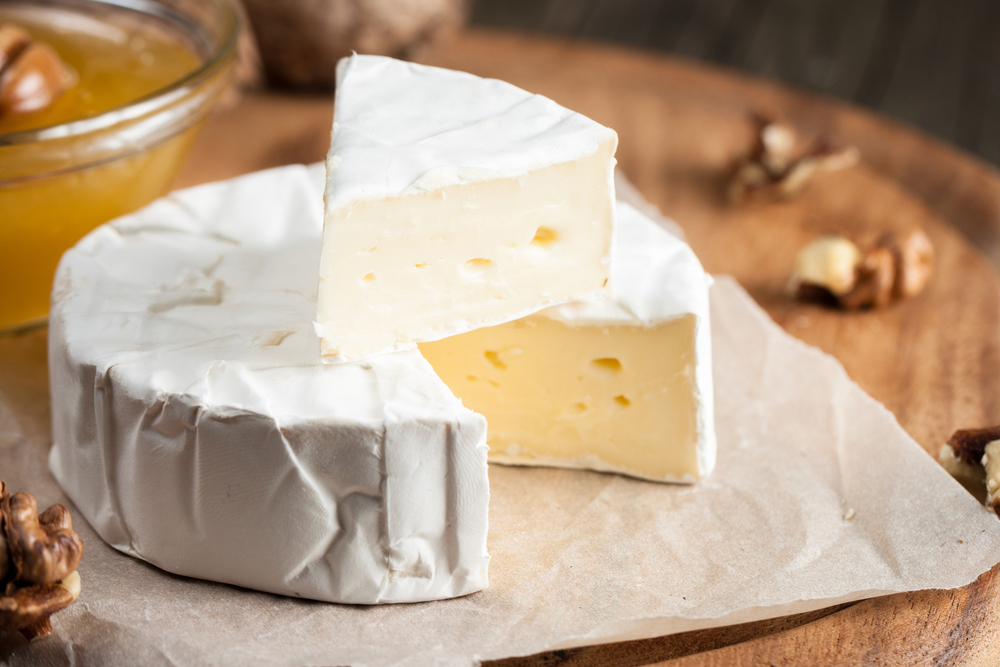
In medieval Europe, certain types of cheese, such as Brie and Roquefort, were reserved for royalty and the wealthy due to their labor-intensive production processes. These cheeses were often served at royal banquets and special occasions. Today, these once-exclusive cheeses are widely available in grocery stores and enjoyed by people from all backgrounds. Cheese has become a common food staple, with countless varieties to choose from.
Oysters
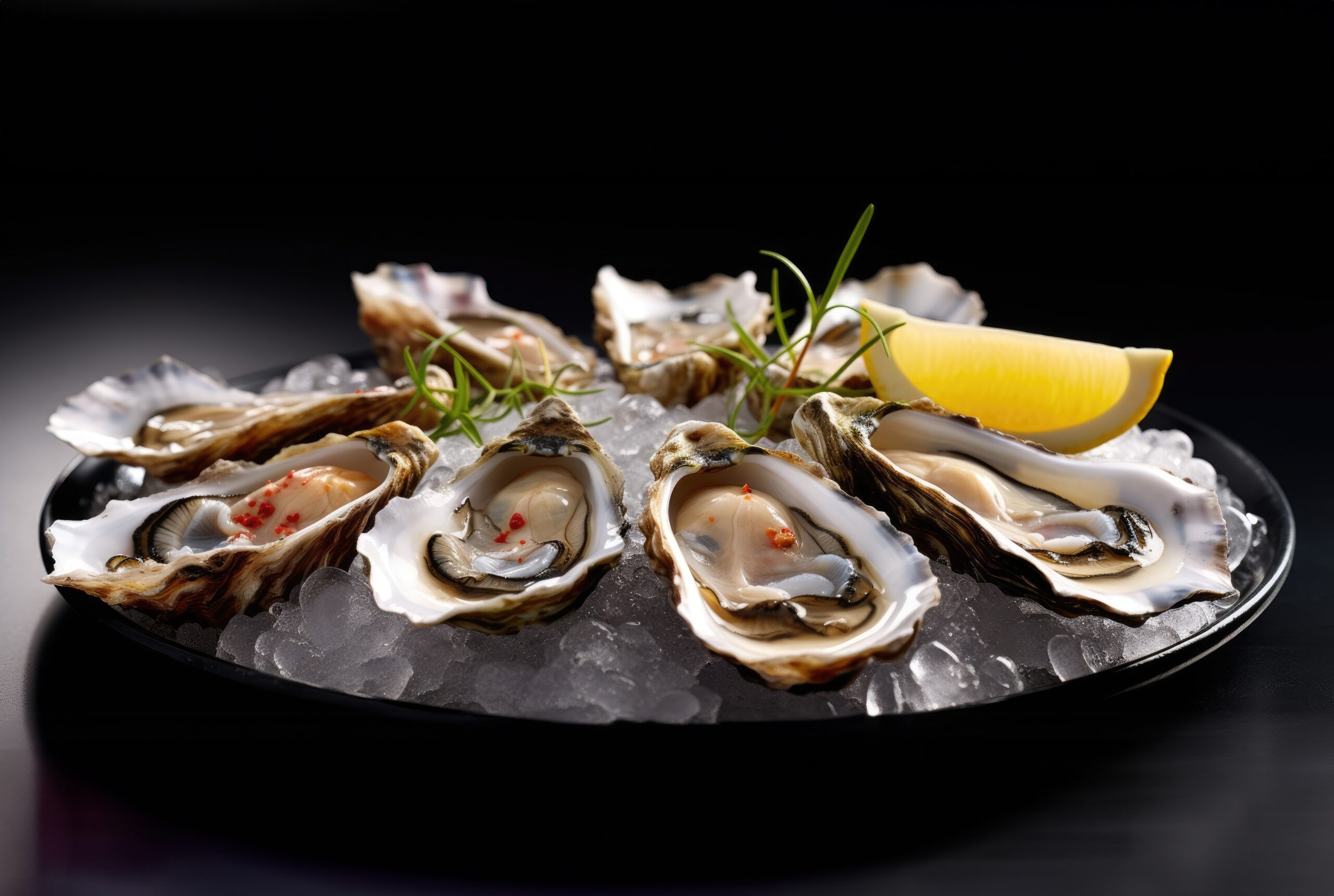
Oysters were once a cheap and abundant food, but by the 19th century, they had become a luxury item, enjoyed by royalty and the upper class. Today, oysters are still associated with fine dining, but they are more accessible thanks to aquaculture farming. Oysters can be found on menus around the world, from casual eateries to upscale restaurants.
Bananas
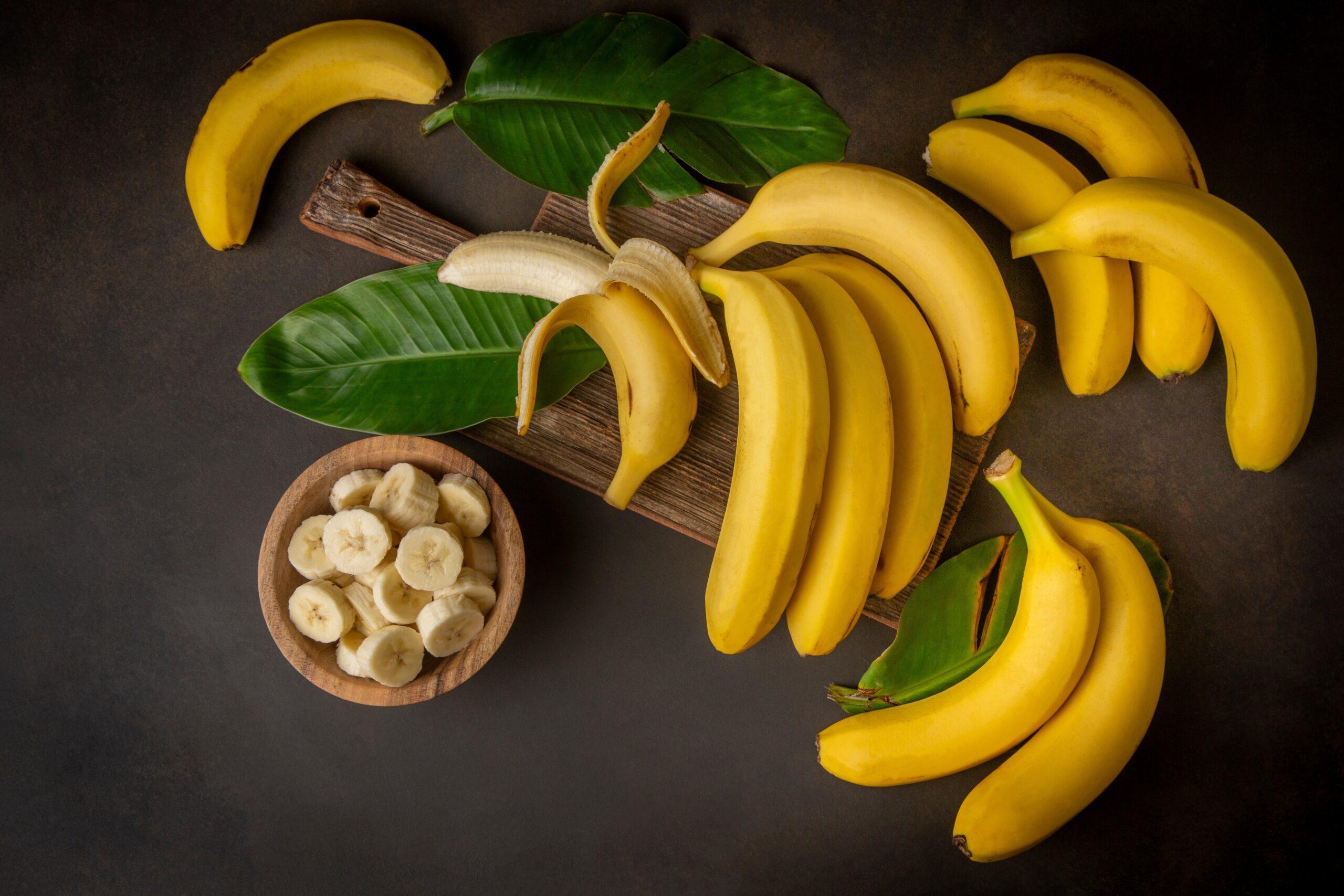
Bananas were introduced to European royalty in the 19th century as an exotic fruit from the tropics. At that time, they were considered a luxury due to their rarity. Today, bananas are one of the most widely consumed fruits in the world, available in nearly every grocery store. Their affordability and nutritional value make them a popular choice for people of all ages.
Potatoes
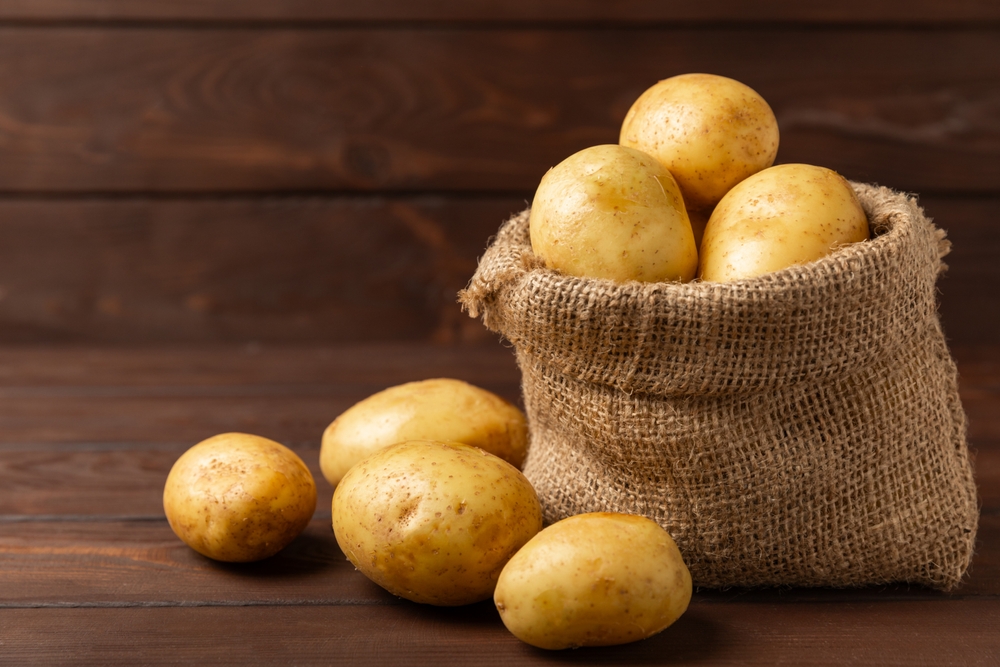
Although potatoes were initially rejected by European royalty, they eventually became a staple at royal courts in the 18th century. French royalty, particularly Marie Antoinette, helped popularize potatoes by incorporating them into royal feasts. Today, potatoes are one of the most common and versatile foods worldwide, used in countless dishes across various cuisines.
This article originally appeared on RetailShout.
More From RetailShout
13 Gluten-Free Products from Trader Joe‘s You Need to Try

Looking for delicious gluten-free options that won’t break the bank? Trader Joe’s has a treasure trove of gluten-free products that taste great and meet your dietary needs. Whether you’re looking for snacks, staples, or sweet treats, there’s something for everyone. Here are some gluten-free gems from Trader Joe’s that are worth adding to your shopping cart. Read More.
17 Aldi Snacks Perfect for Your Next Party

Getting ready for a party and want to make sure your snack game is on point? Aldi has you covered with a variety of tasty options that won’t disappoint. From crunchy chips to sweet treats, these snacks are crowd-pleasers that’ll keep everyone happy. Read More.
16 Quick and Effective Ways to Refresh Your Living Space

Sometimes, all your home needs is a little refresh to feel brand new again. You don’t have to spend a lot of money or dive into a full renovation. Simple changes can make a big impact, whether it’s rearranging furniture, adding a bit of greenery, or switching up your lighting. These quick and effective tweaks can breathe new life into your living space, making it feel more inviting and comfortable. Read More.


